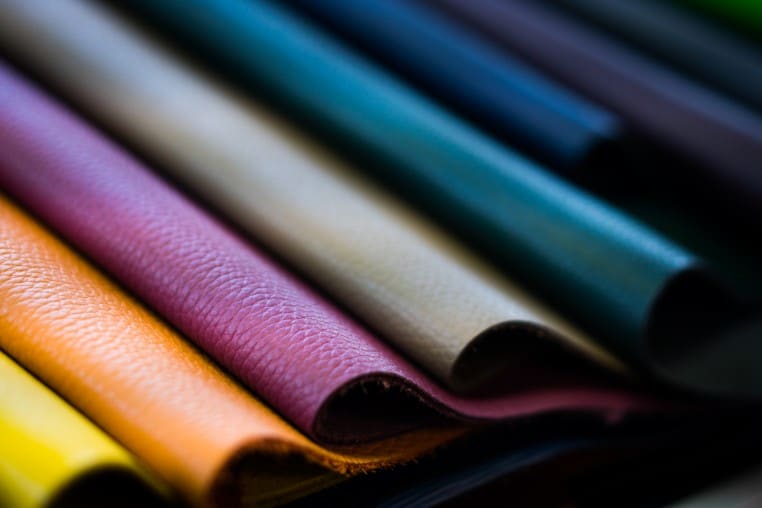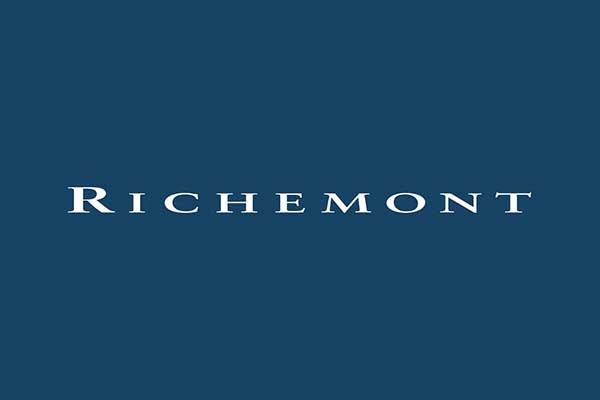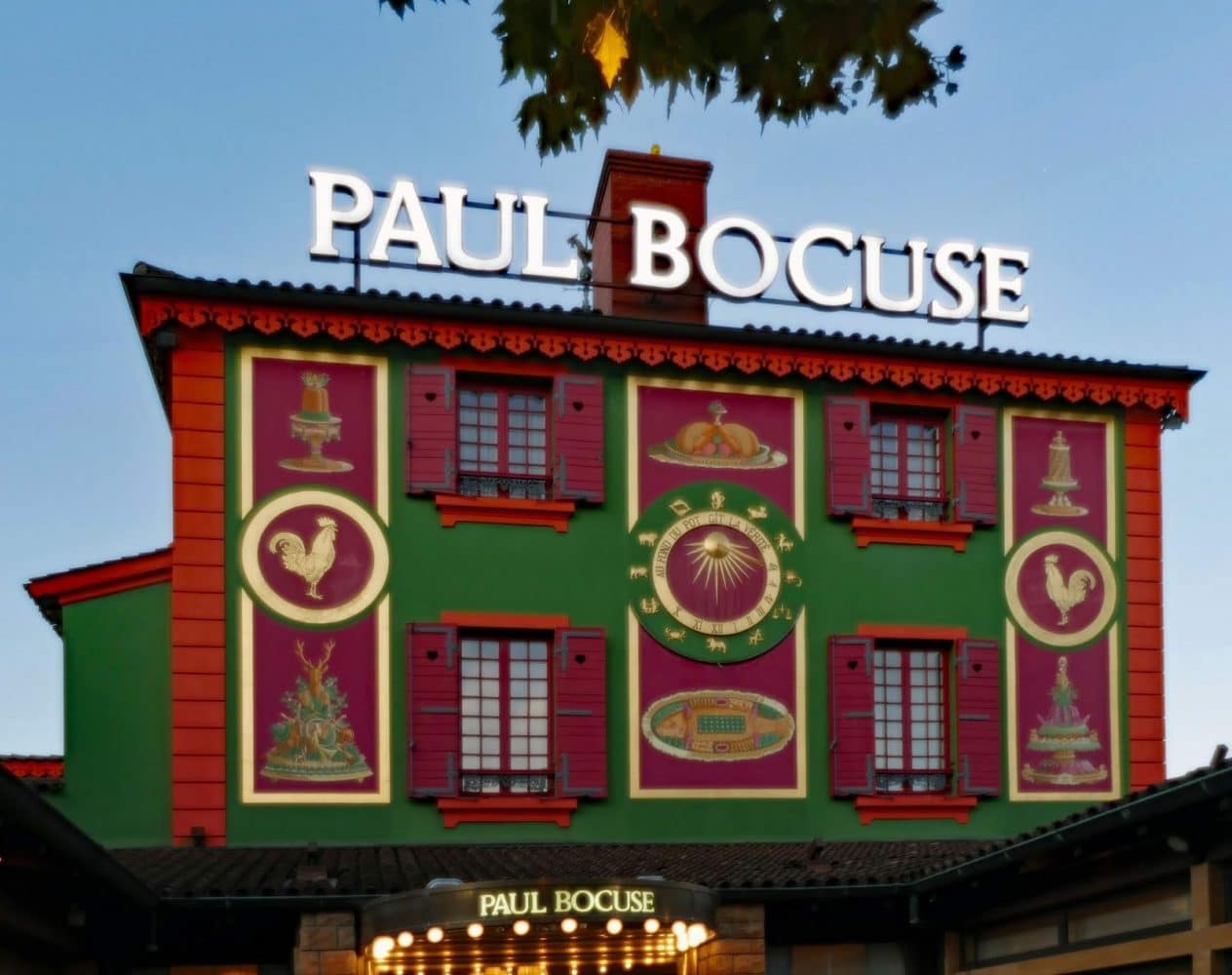On Thursday January 16, 2020, the National Leather Council published its white paper dedicated to responsible, environmental and ethical approaches in the leather industries.
By Luxus Plus
The objective is clear: the French leather sector wishes to strengthen its environmental initiatives by joining together around “clear commitments”, to differentiate itself better on the world market but also to regain public confidence, shaken by the pollution of the planet and animal abuse; without forgetting the amplification of the “vegan movement”.
Thanks to its tradition of breeding, to the professionalism of the traders of raw hides and skins, to the quality of its tannery and tanning industry, to the know-how of leatherworkers, glove makers, shoemakers and shoe manufacturers, to the talent of its creators. fashion and the quality of its distribution networks, France has always been a major country of leather.
France, the world’s fourth largest leather exporter
The figures in this White Paper speak for themselves.
All leather products combined, France is the 4th world exporter with a turnover of 9.3 billion euros made in 2015 on foreign markets.
Note that between 2010 and 2015 the turnover of the sector increased by 38%, while, at the same time, the level of its exports increased by 60%!
It should also be remembered that we have the biggest world leaders in the sector and that these large groups, prestigious ambassadors of “made in France”, employ many SMEs: LVMH n ° 1 worldwide in luxury, Décathlon n ° 1 worldwide in distribution of leather sporting goods, Honeywell, formerly Sperian, leader in personal protective equipment (shoes and safety gloves).
But they are also SMEs that perform exceptionally well in their respective markets: Weston in Limoges in Haute Vienne, Paraboot in Izeaux in Isère, Mephisto in Sarrebourg in Moselle, Clergerie in Romans in Drôme, Longchamp in Segré in Maine -and -Loire, Camille Fournet in Tergnier in Aisne, Tanneries Haas in Eichhoffen in Bas-Rhin or Causse Gantier in Millau in Aveyron.
In total, from raw hide to the specialized distribution of finished products, this sector represents 9,400 companies, 130,000 jobs and 25 billion euros in turnover.
An industry in full “revolution”
This year, the main concerns of the sector have revolved around the environment and animal welfare. The sector has also set itself the objective of reassuring and better informing the consumer.
“In essence, our sector is a recycling activity since the skins are a waste of the food industry”, recalled Thursday during a press point Franck Boehly, president of the National Leather Council (CNC), the representative of the industry.
It was on his initiative that a White Paper was drawn up drawing up an “inventory” of the environmental approaches implemented by the sector, to better publicize the initiatives experienced and especially those to come.
“It is important to show that our companies are active and committed. We hear that the sector pollutes, chrome tanning does not have a good press while it has no impact on health, that there is no longer any discharge into water, and that the tanneries respect strict regulations ”.
According to studies conducted as part of the production of the book, the observation is clear: the sector has improved its procedures over the years, while French laws and European directives were more restrictive. Assessment: better water management, reduction of waste, and filtration of emissions.
However, work remains to be done, including the establishment of skin traceability on a global level. France is indeed in the process of generalizing a laser marking of calves right out of slaughterhouses, which remains legible after the chemical and mechanical treatments of the skins. On the recycling side, the Leather Technical Center is studying new processes which it intends to develop: “420 million pairs of shoes per year are sold in France, a quarter of which in leather. Our technical center has also proven that leather has the same calorific value as wood. Converted into aggregates, it can be used for heating, ”explains Franck Boehly.









